Risk Assessment
IECM can be used to analyze data from multiple sources to assess the risk of corrosion and prioritize maintenance and inspection efforts.
Underground pipelines play a vital role in many industries, including oil and gas, water supply, and wastewater management. However, the safety and integrity of these pipelines can be compromised by corrosion, which can lead to leaks, failures, and safety risks. To prevent these issues, it is essential to conduct regular risk assessments to identify areas that require maintenance and inspection. Fortunately, advances in technology have made it possible to use programs to analyze data from multiple sources to assess the risk of corrosion and prioritize maintenance and inspection efforts.
The first step in conducting a risk assessment for underground pipelines is to collect data from multiple sources. This data may include information on the pipeline's age, material, location, and other factors that may affect its condition. Additionally, data from corrosion monitoring systems, inspection reports, and other sources can be used to identify areas that require maintenance and inspection.
Once the data has been collected, it can be analyzed using specialized software programs. These programs use advanced algorithms to analyze the data and identify areas that are at high risk of corrosion. For example, machine learning algorithms can analyze large datasets to identify patterns that may be associated with corrosion, allowing engineers to predict which areas are most likely to experience problems in the future. Mechanistic models converts qualitative survey potential readings into quantitative corrosion rates and metal lossallow to associate AC/DC interference, coating degradation or lack of cathodic protection with corrosion growth rate long before it is detected by inline inspection tools. Once observed, the mechanistic models are used to design counter measures for mitigating the corrosion risks.
The output of the risk assessment can be used to prioritize maintenance and inspection efforts. Areas that are identified as high-risk can be scheduled for maintenance and inspection first, reducing the risk of leaks or failures. By focusing resources on high-risk areas, maintenance and inspection efforts can be optimized, reducing costs and improving safety.
Another benefit of using programs to conduct risk assessments for underground pipelines is that it allows for continuous monitoring of the pipeline's condition. This can help to detect potential issues before they become significant problems, allowing for timely repairs and preventing leaks or failures.
To implement a program-based risk assessment for underground pipelines, it is essential to have a comprehensive data collection system in place. This system should collect data from multiple sources, including corrosion monitoring systems, inspection reports, and other sources. The data should be transmitted in real-time to a central monitoring system, where it can be analyzed using specialized software programs.
In conclusion, risk assessments are essential for maintaining the safety and integrity of underground pipelines. By using programs to analyze data from multiple sources, engineers can assess the risk of corrosion and prioritize maintenance and inspection efforts. This can help to reduce the risk of leaks or failures, optimize maintenance and inspection efforts, and improve safety. As technology continues to advance, it is likely that program-based risk assessments will become even more effective, allowing for safer and more reliable underground pipelines in the future.

